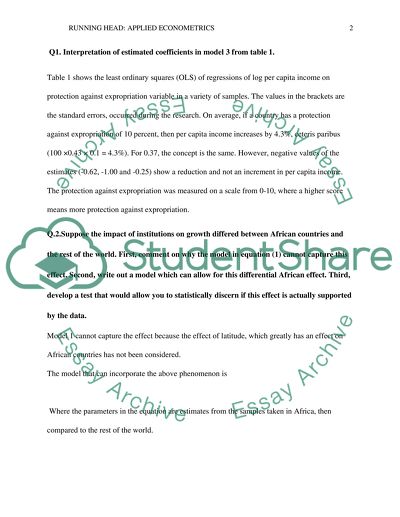Cite this document
(“Econometrics Assignment Example | Topics and Well Written Essays - 2000 words - 1”, n.d.)
Econometrics Assignment Example | Topics and Well Written Essays - 2000 words - 1. Retrieved from https://studentshare.org/macro-microeconomics/1691157-econometrics
Econometrics Assignment Example | Topics and Well Written Essays - 2000 words - 1. Retrieved from https://studentshare.org/macro-microeconomics/1691157-econometrics
(Econometrics Assignment Example | Topics and Well Written Essays - 2000 Words - 1)
Econometrics Assignment Example | Topics and Well Written Essays - 2000 Words - 1. https://studentshare.org/macro-microeconomics/1691157-econometrics.
Econometrics Assignment Example | Topics and Well Written Essays - 2000 Words - 1. https://studentshare.org/macro-microeconomics/1691157-econometrics.
“Econometrics Assignment Example | Topics and Well Written Essays - 2000 Words - 1”, n.d. https://studentshare.org/macro-microeconomics/1691157-econometrics.


